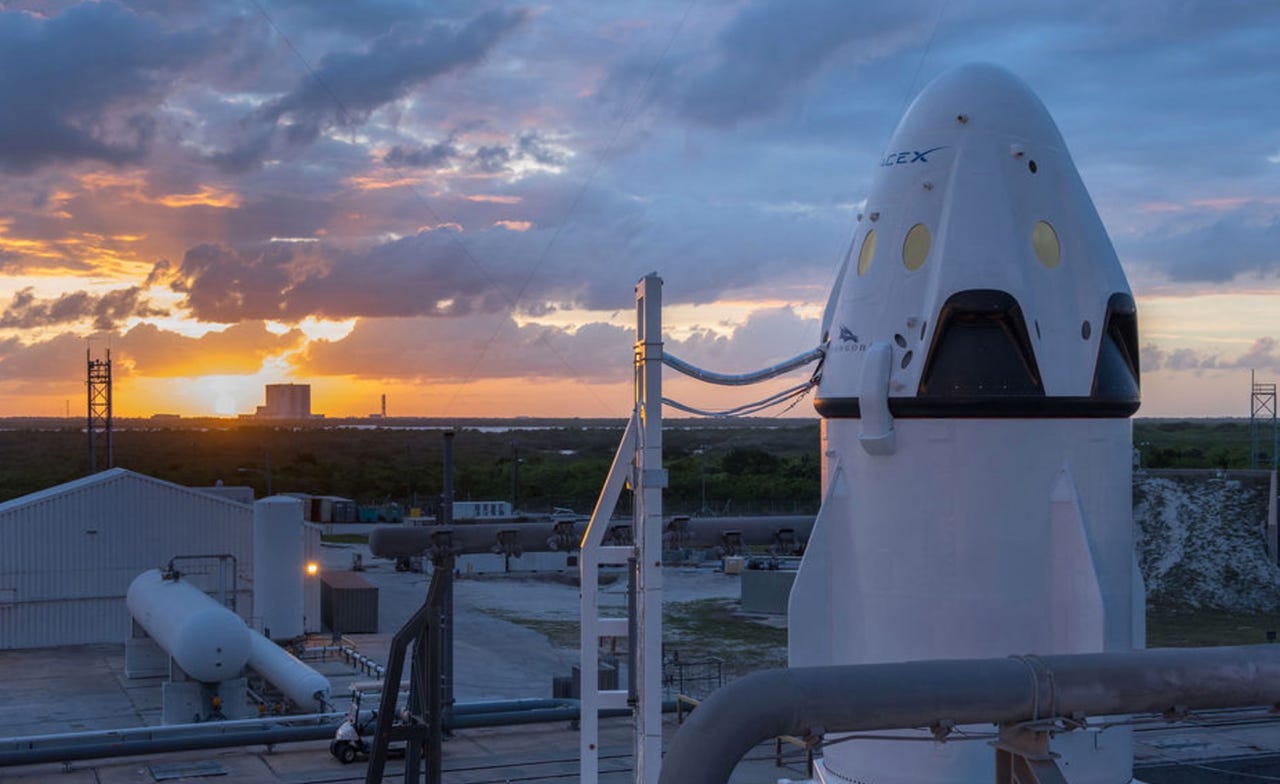A city of glass: Elon Musk reveals plans for life on Mars


Elon Musk has shared his vision of a world full of glass domes to populate Mars in a recent AMA.
In a recent discussion with fans and followers via an "Ask Me Anything" (AMA) on Reddit, billionaire entrepreneur Elon Musk, founder of the private SpaceX startup, gave additional details over the weekend relating to ambitious plans to colonize Mars.
In September, the SpaceX founder said he wants to be able to colonize the red planet in the next decade. The project will cost as much as $10 billion over the next 10 years to bring to fruition, with the first rocket due to launch to Mars in 2018.
If you're interested in going, Musk hopes to bring the cost down to $200,000 per person so the "average person" can make the trip.
However, in the AMA Musk said the first real journey to Mars will contain a small crew of no more than roughly a dozen people.
The first missions' goal will be to transport cargo and both build and troubleshoot Mars power systems as well as create and set up a propellant plant for refueling. Musk says that his team is "far from figuring it out in detail," but the executive did say that refueling systems will hopefully become established once Dragon scouting missions have worked out how to land "without adding a crater" to Mars' surface.
It is important to first establish the infrastructure necessary to accommodate more people if long-term missions will be successful, but Musk hopes that eventually flights will be able to take place every 26 months, "until the city can grow by itself."
But what will people on the mission live in? Mars' surface, iron-rich, full of dust storms and 95.32 percent carbon dioxide, will force many to live underground -- not to mention the radiation -- but Musk also envisions a time when settlers will be able to live on the planet's surface through glass domes made out of glass panes and carbon fiber frames.
Miner and tunneling robotics, including droids, will work to establish these residencies.
"With the latter [droids], you can build out a huge amount of pressurized space for industrial operations and leave the glass domes for green living space," Musk says.
The entrepreneur hopes to offer additional details relating to Mars habitation in the next year or two once "live mockups" have been created.
Musk also discussed technical details of the Interplanetary Transport System (ITS), the concept transport system which will be able to take people to and from Mars frequently rather than one-time use rocketry.
The executive discussed how the rocket will not "come in quite as hot and fast" as the Falcon 9, which is currently being tested for use in the project, and said the latest scheme underway in development of ITS is the creation of a new metal alloy which is resistant to oxidation and able to withstand being used in tandem with the rocket's hot, oxygen-rich turbopump.
See also: SpaceX investigates possible Falcon rocket sabotage
"Anything that can burn, will burn," Musk noted. "We seem to have that under control, as the Raptor turbopump didn't show erosion in the test firings, but there is still room for optimization."
Musk's project is pushing forward, whereas it seems one of NASA's has just come to an abrupt end. Last week, the agency picked up a new crater which is likely to be the final resting place of the NASA Mars Reconnaissance Orbiter, which was meant to take images of the planet -- and instead, slammed into the surface.